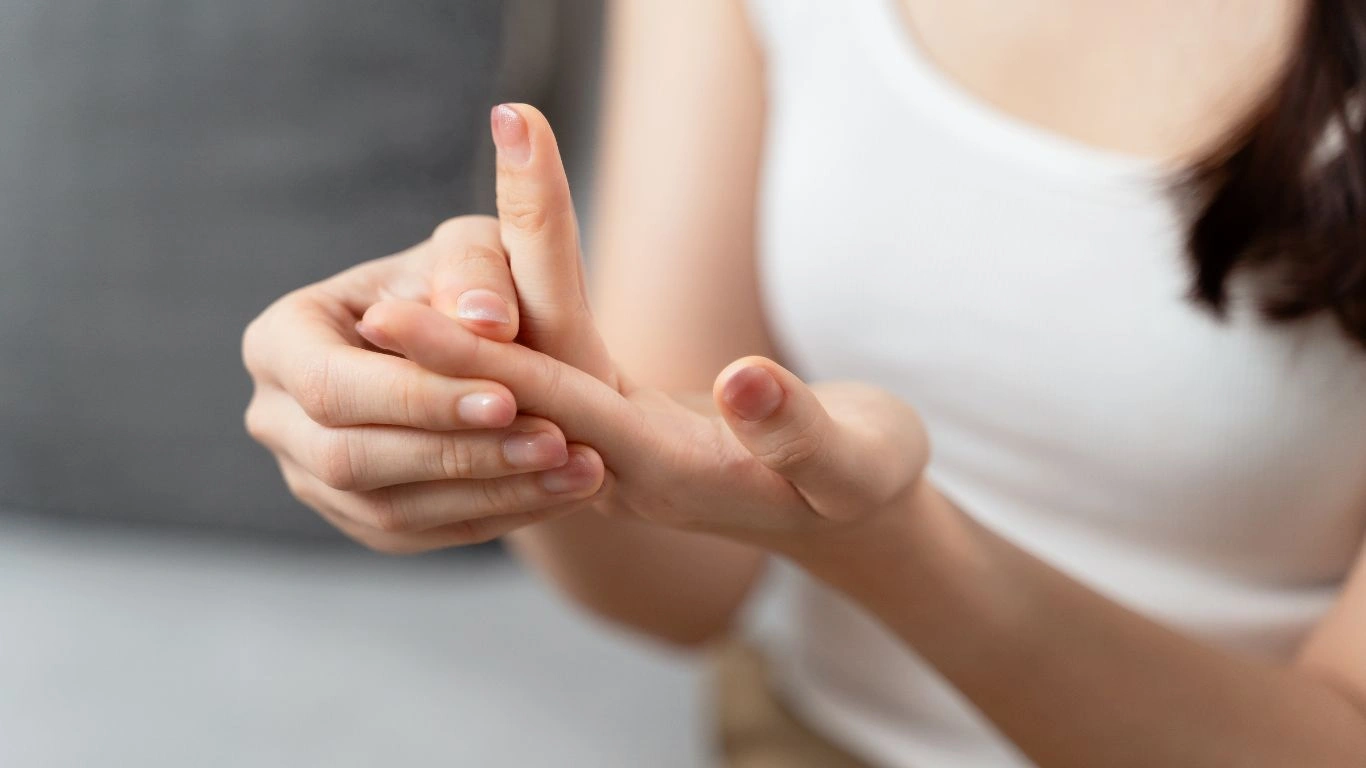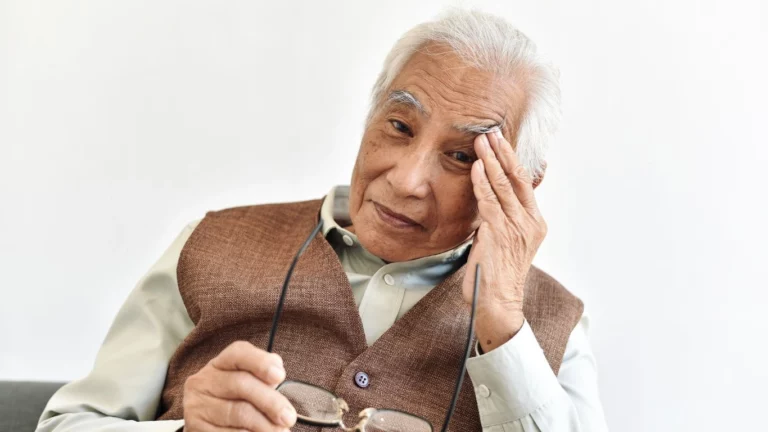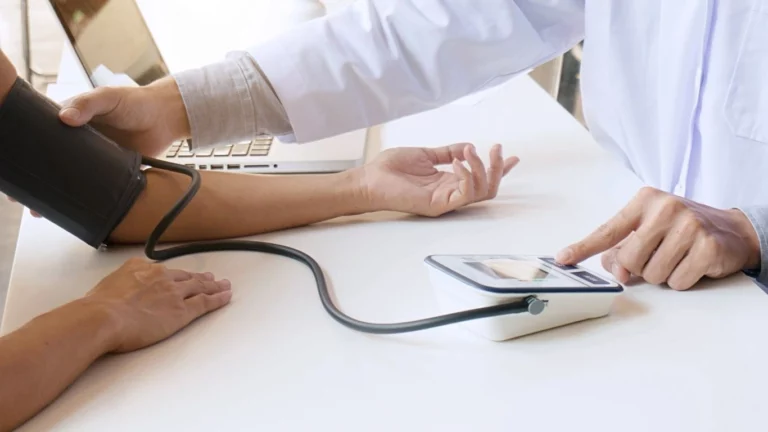Best Stretches for Rheumatoid Arthritis Knee Pain That Actually Help
If you’re dealing with rheumatoid arthritis and the best stretches for knee pain are on your radar, you’re absolutely not alone. As a Rheumatology Nurse Practitioner, I see so many patients who quietly suffer through their day, unsure if that stiffness in their knees is just “getting older” or something more serious. I totally get it—knee pain can make something as basic as walking to the mailbox feel like an Olympic event. But the good news? Gentle, consistent stretching can make a big difference. This isn’t about pushing through pain or becoming a yoga guru overnight—it’s about learning how to listen to your body and give your knees the TLC they’re screaming for.
Understanding Rheumatoid Arthritis: More Than Just Joint Pain

Let’s clear something up right away: Rheumatoid arthritis (RA) isn’t your run-of-the-mill wear-and-tear arthritis. Nope, this is an autoimmune condition, which means your immune system is mistakenly attacking your joints—like your knees—as if they’re the enemy. The result? Inflammation, pain, stiffness, and a whole lot of frustration.
From my time working in rheumatology clinics, I’ve had countless patients come in thinking their knee pain is just aging catching up with them. Once we dig deeper, we often uncover that RA is the culprit. And trust me, catching it early and understanding how it behaves in your body can really help with long-term comfort and mobility.
Why Knees Take a Hit in RA
RA has a knack for zeroing in on the synovial joints—like the knees. The inflammation can erode cartilage and bone, causing pain and decreased mobility. And when the knee joint is swollen or unstable, it’s tempting to avoid using it altogether, which just leads to stiffness and muscle weakening. Vicious cycle, right?
I always remind patients: “Resting is good, but not moving at all is where things start to backfire.” That’s where smart, low-impact movement comes into play. And stretching? That’s one of your best weapons.
Why Stretching Matters for RA Knee Pain Relief
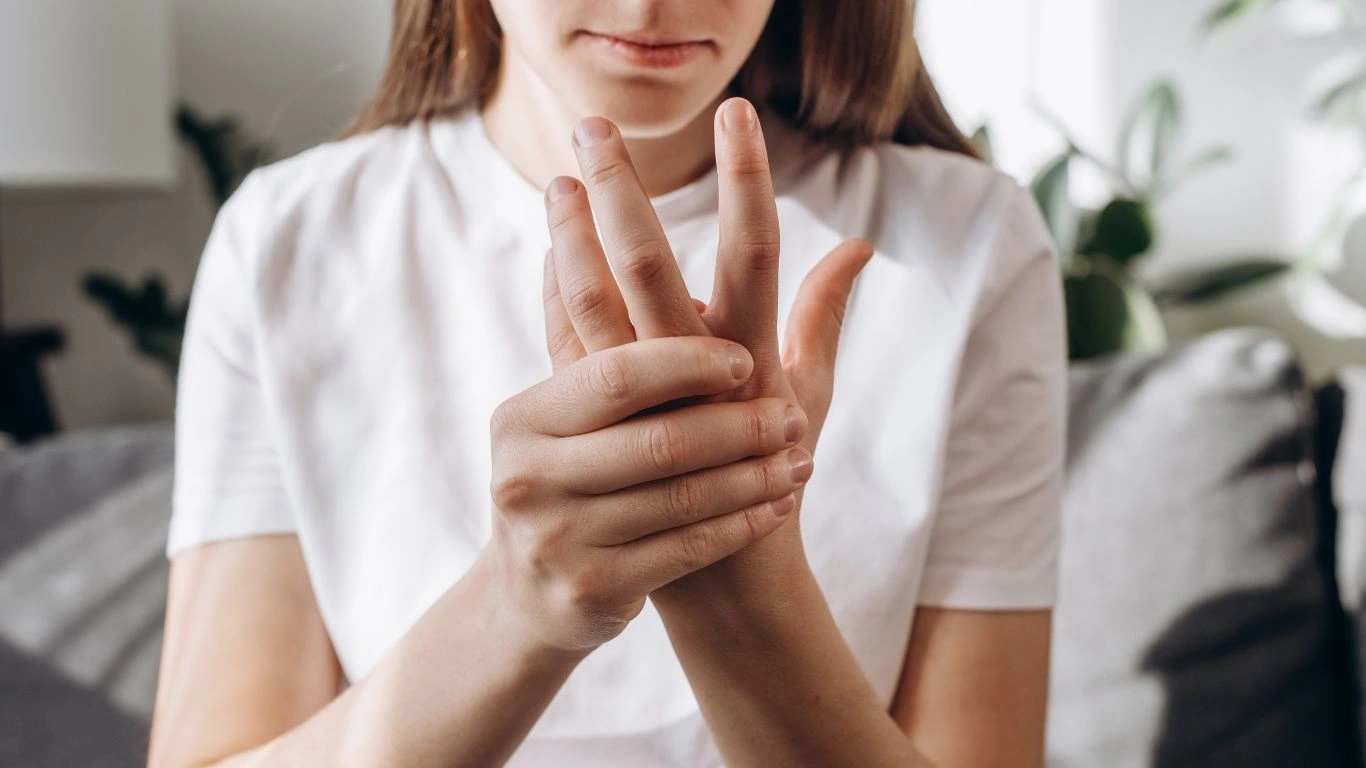
So here’s the deal—when you’re flaring, the last thing you want to do is move your aching knee. I get that. But gentle stretching, when done mindfully, can actually soothe that inflammation and help maintain joint function over time. Think of it like lubricating a squeaky hinge. With RA, regular, gentle movement keeps those joints from seizing up completely.
And I’m not talking about intense physical therapy-style routines here. These are stretches you can do in your living room, with a pillow under your knee and your favorite show playing in the background. Even five minutes a day can be a game changer.
Benefits of Knee Stretches for RA Patients
- Improved flexibility: Stiff knees loosen up and regain some range of motion.
- Reduced pain: Stretching helps reduce joint pressure, which often means less pain.
- Better circulation: Increased blood flow helps reduce inflammation naturally.
- Enhanced mood: Movement releases endorphins, and even mild stretches can give you that natural boost.
When to Stretch and When to Rest
This part is huge. If there’s one thing I emphasize to patients, it’s to honor your body’s signals. If your knee is red, hot, and severely swollen, that’s not the time to push through a full routine. That’s when you ice, elevate, and rest. But if you’re in a lull between flares or feeling “just a bit stiff,” then stretching is your best friend.
Some of my long-time RA patients even tell me they’ve come to rely on their stretching as a way to check in with their joints every morning. If a certain move feels tighter than usual, it’s their early warning system that a flare might be on the way. That kind of body awareness is powerful.
Rheumatoid Arthritis and the Best Stretches for Knee Pain Relief
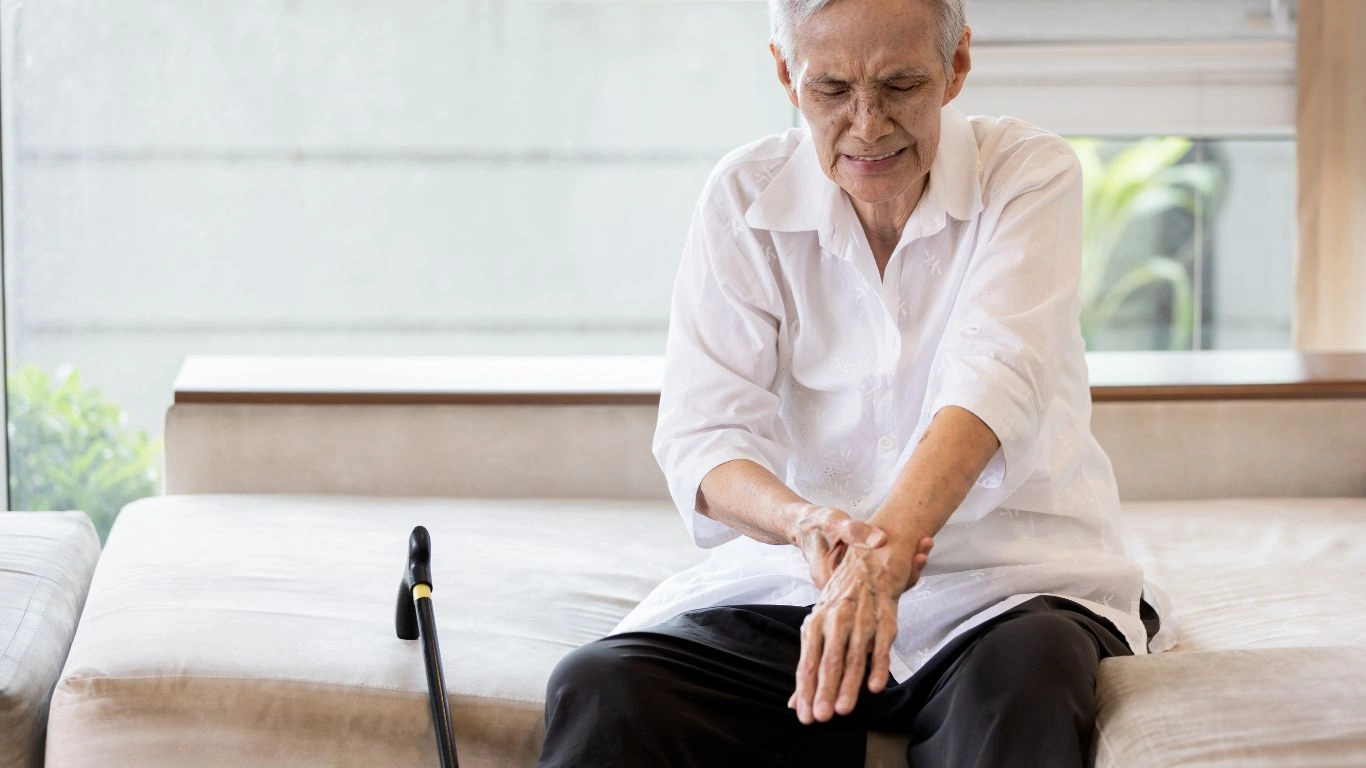
Now let’s get into the heart of it—what kind of stretches actually help? There’s no one-size-fits-all plan, but I usually guide my patients toward stretches that are gentle, holdable for at least 20 seconds, and focus on both the knee joint and surrounding muscles. Why? Because tight hamstrings, quads, and calves can all contribute to knee pain.
Also, don’t underestimate the power of a warm-up. Something as simple as a heat pack for 10 minutes before stretching can really help loosen things up.
Key Guidelines Before You Start
- Go slow: No bouncing or forcing your knee into weird positions.
- Breathe: It’s easy to hold your breath when stretching a painful joint, but deep breathing actually helps the muscles relax.
- Support is key: Use a rolled-up towel, yoga strap, or even a chair to keep your body stable.
- Stop if it hurts: Sharp pain is a red flag—listen to it.
I’ve had patients tell me that once they find a rhythm with stretching, they actually *look forward* to it. It becomes part of their pain management toolkit, and it’s empowering to know there’s something they can actively do to support their knees instead of just relying on meds alone.
Stretching Isn’t Everything: Why Strength Matters Too
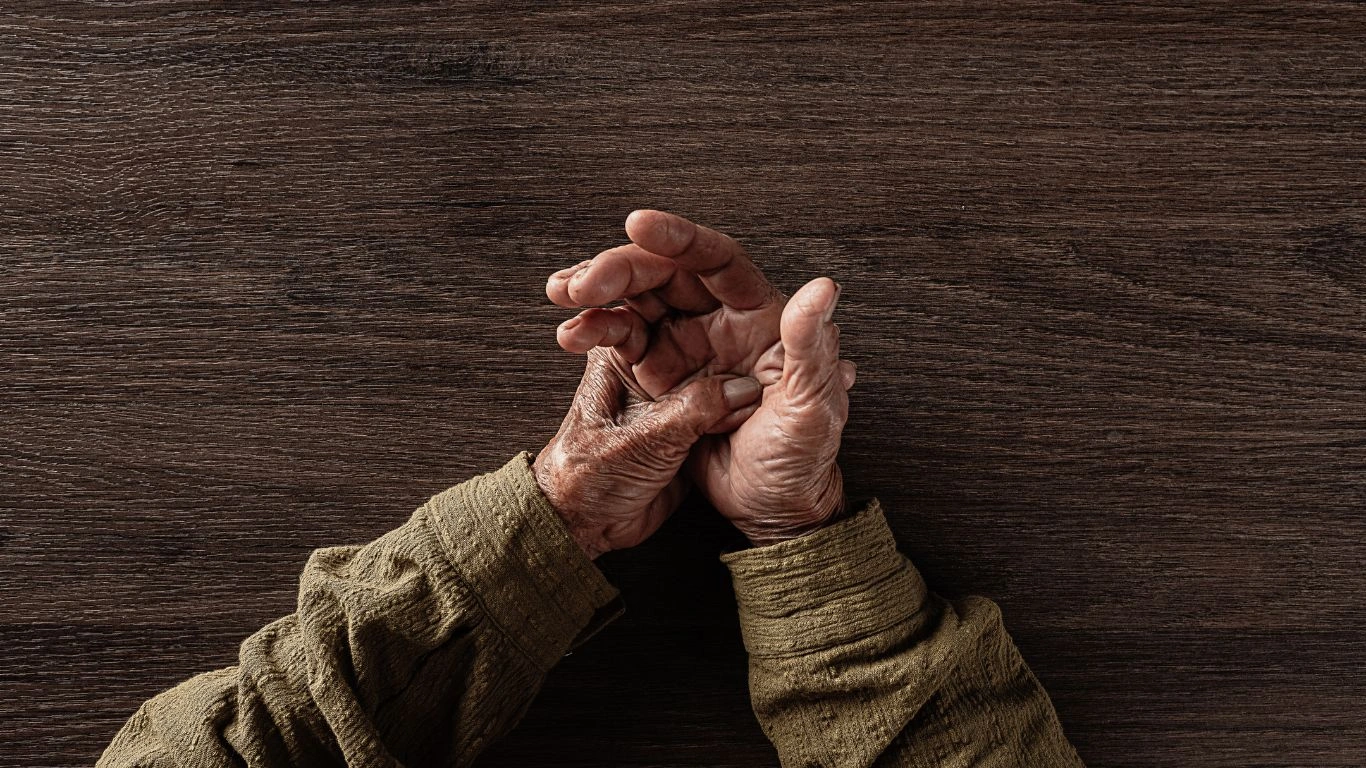
Alright, so we’ve covered the best stretches for knee pain in rheumatoid arthritis, but let me tell you — stretching alone won’t cut it. I always explain this to my patients like this: imagine your knee joint is a tent pole. Stretching helps keep the canvas flexible, but strength? That’s what holds the pole steady in the wind. Without muscle support, even the most limber joints can buckle under pressure.
Especially with RA, your body needs a balance between flexibility and strength to reduce joint stress and stay functional. Weak muscles force your joints to work overtime, which is a recipe for more inflammation, more wear-and-tear, and yep — more pain.
Target the Right Muscle Groups
So, where do you start? For knees, your main support team includes:
- Quadriceps – the big guys in front of your thighs
- Hamstrings – in the back of your thighs, super important for joint stability
- Glutes – the often forgotten heroes of knee support
- Calves – they help absorb shock and improve balance
I’ve worked with many patients who avoided strength exercises for years because they were afraid it’d make the pain worse. Totally fair concern — but when done properly, even light resistance work can make a night-and-day difference in pain levels and mobility.
Safe Strengthening Exercises for RA-Related Knee Pain
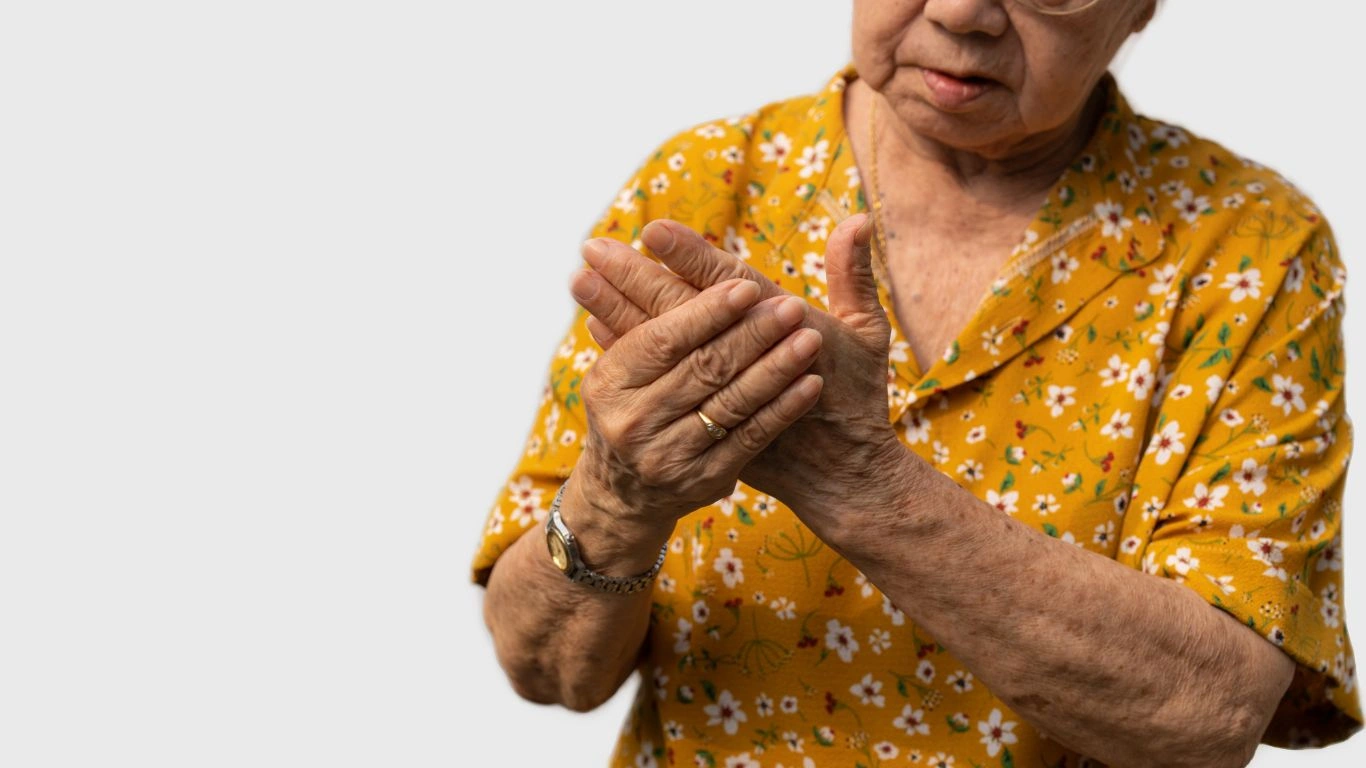
1. Straight Leg Raises
This one’s a classic for a reason. Lie flat on your back, one leg bent with the foot on the floor, and the other straight. Slowly lift the straight leg a few inches, hold, and lower with control. Start with 10 reps and build up.
Why it works: It engages your quads without stressing the knee joint. I often recommend this right after a warm shower when the joints feel a bit looser.
2. Seated Marching
Sit in a sturdy chair and gently lift each knee one at a time like you’re marching in place. It’s simple, but you’d be surprised how effective this is for hip flexors and quads — especially when done regularly.
3. Resistance Band Leg Press
Loop a resistance band around your foot, hold the ends with your hands, and press your leg outward as if you’re pushing against a wall. This is a great low-impact way to strengthen your quads and glutes together.
4. Glute Bridges
Lying on your back with knees bent and feet flat, slowly lift your hips off the ground, hold, and lower. Glutes support your pelvis and knees, and this movement is especially helpful if you sit a lot — which, let’s be real, most of us do.
5. Calf Raises
Stand behind a chair, hold for support, and lift your heels off the ground slowly. Lower back down. Your calves are critical for balance and shock absorption, both of which protect the knees during daily movement.
Modify When You Need To

Here’s the thing about rheumatoid arthritis — no two days are ever the same. Some mornings, you might wake up and feel ready to take on the world. Other times, your knees are yelling at you before your feet even hit the floor. And that’s okay. It’s not about being perfect — it’s about adapting and showing up for your body however you can.
Here are a few smart modification tips I often share:
- Use a foam roller or yoga mat for extra cushion when doing floor work
- Start with bodyweight only before adding resistance
- Break up your sessions — two 5-minute mini workouts are just as effective as one 10-minute one
- Avoid locking your knees during exercises — soft bends are safer
Also, if you’re flaring up hard, take a break. It’s okay to skip a day. As I tell my patients, rest is just as much a part of the routine as movement is.
Tracking Progress Without Obsessing
Look, I know we all love a good “before and after” story, but with RA, progress is a little less linear. Instead of measuring success by how far you can bend or how long you can hold a stretch, think about how you feel.
Ask yourself:
- Are your mornings a little less stiff?
- Can you walk up the stairs without grabbing the railing?
- Did you get through grocery shopping without needing a rest halfway through?
These are wins — real ones. I had a patient who told me, “I didn’t realize how far I’d come until I knelt down to tie my shoes without thinking about it.” That’s the kind of progress that matters.
Tips to Keep It Going
Motivation can be hard, especially when you’re managing chronic pain and fatigue. Here are a few strategies I’ve shared with patients (and used myself when life gets hectic):
- Make a stretching + strength playlist with your favorite music or a relaxing podcast
- Keep your resistance band in view — like by your couch or computer
- Set micro goals — 5 minutes a day is more than zero
- Journal how you feel after each session — sometimes the mood boost alone is worth it
And honestly? Don’t be afraid to make it fun. I’ve seen folks stretch while FaceTiming friends, or turn it into a game with their grandkids. One of my patients even created a “stretch & sip” group with tea and gentle movements. However you stay consistent, I’m cheering you on.
Other Lifestyle Tweaks That Make a Big Impact
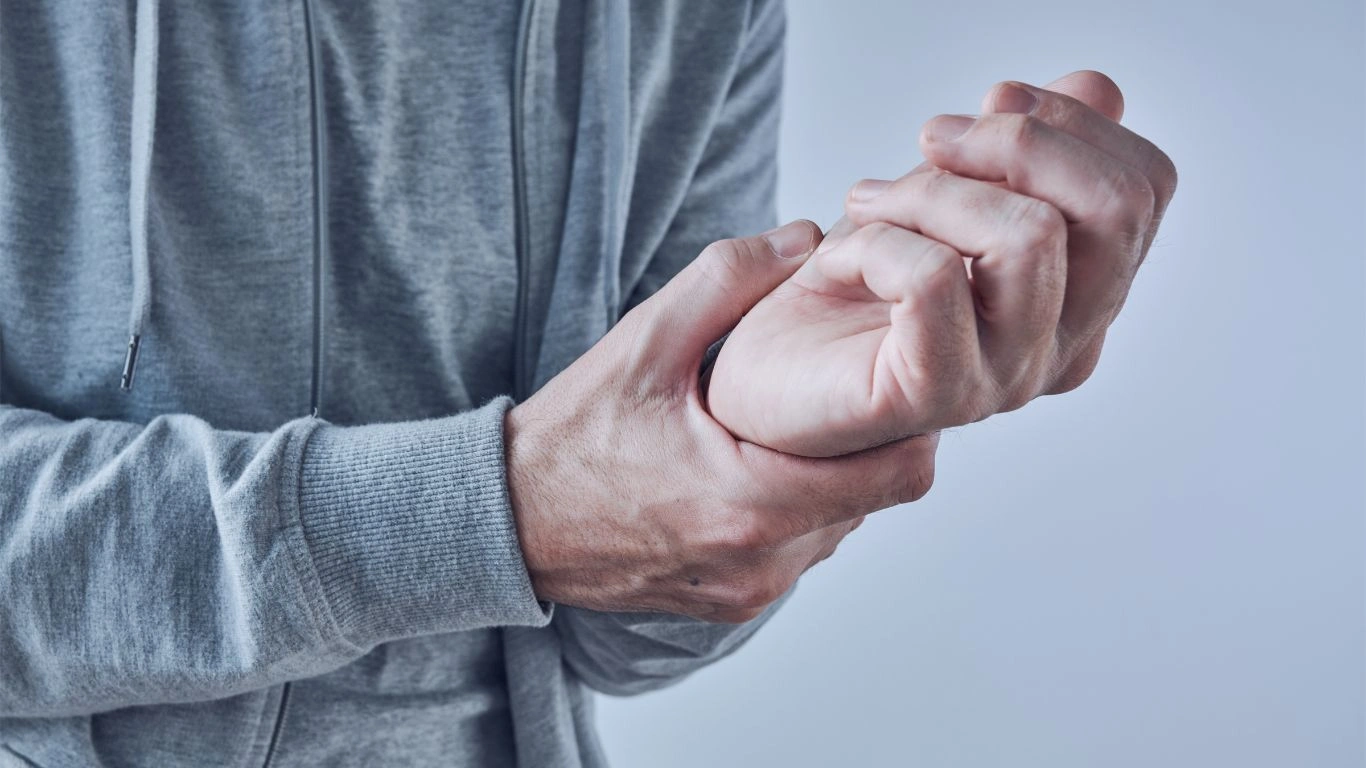
Alright, so we’ve stretched, we’ve strengthened—what else can you do to give those knees some love? Turns out, rheumatoid arthritis and the best stretches for knee pain only cover part of the equation. Your daily lifestyle habits play a massive role in how much inflammation you’re dealing with and how your joints behave long-term.
From what I’ve seen in practice, patients who make a few smart tweaks to their routines often notice a ripple effect in their pain levels. It’s not about overhauling your life overnight. Little changes go a long way.
1. Prioritize Anti-Inflammatory Foods
This might sound obvious, but food is medicine—especially when it comes to autoimmune conditions. I’m not here to tell you to give up everything you love, but I’ve seen time and again that when patients start adding more omega-3s, antioxidants, and fiber into their diet, their joints thank them.
Some go-to foods I often recommend:
- Fatty fish like salmon or sardines (great for omega-3s)
- Berries, especially blueberries and strawberries
- Leafy greens like spinach and kale
- Turmeric (with black pepper for absorption!)
- Olive oil, walnuts, flaxseeds
And if you’re looking for reputable sources to learn more about this, sites like health.com and nih.gov are packed with research-based info on nutrition and RA.
2. Hydration Matters More Than You Think
We’ve all heard “drink more water” a million times, but did you know that being even slightly dehydrated can worsen joint stiffness? Your joints are like sponges—they need fluid to stay cushioned. I usually tell my patients: if your lips feel dry, your joints probably do too.
3. Get Serious About Sleep
This one hits close to home. I had a patient in her 40s with relatively well-managed RA, but her flares spiked every time she was sleep-deprived. We worked on her sleep hygiene—no screens an hour before bed, magnesium-rich snacks at night—and within weeks, her flare frequency dropped.
RA and pain in general can mess with sleep, so it becomes a bit of a chicken-or-egg situation. But when you prioritize rest, everything else tends to run more smoothly—especially your immune response.
4. Invest in the Right Footwear
I cannot emphasize this enough: what you put on your feet impacts your knees. Poor support throws off your entire alignment, and your knees end up doing all the heavy lifting.
Here’s what I typically look for in knee-friendly shoes:
- Good arch support
- Shock-absorbing soles
- A roomy toe box
- No heels (yep, even those cute wedges count)
And yes, inserts or orthotics can help big time. A lot of patients don’t even realize they’ve been walking “off-balance” until they try properly fitted shoes and suddenly feel more stable.
Staying Active Without Overdoing It

Look, I’m all for movement, but with RA, it’s all about being intentional. I always tell people: the goal is motion, not mileage. You don’t need to train for a marathon to keep your knees happy. In fact, low-impact movement often works better in the long run.
RA-Friendly Activities I Recommend Often:
- Swimming or water aerobics: It removes joint pressure while letting you move freely.
- Chair yoga: A beautiful way to stay flexible and grounded without stressing the knees.
- Stationary cycling: Great for range of motion, and you’re in total control of the resistance.
- Tai chi: Gentle on the joints, and wonderful for balance and relaxation.
One of my patients once described tai chi as “the best thing I never thought I’d try,” and now she swears by it for knee stiffness.
Mind-Body Connection: Don’t Underestimate It
RA doesn’t just affect your joints—it can mess with your mood, confidence, and even your identity. I’ve watched patients go from active weekend hikers to avoiding stairs, and the emotional toll is real. That’s why I always weave in mental health support whenever possible.
Practices like guided meditation, breathwork, and journaling can help you feel more in tune with your body and a little less at war with it. And honestly, feeling more grounded emotionally can sometimes ease how you physically experience pain. The science is catching up with this, too—check out resources at nih.gov for studies on mindfulness and chronic pain.
Final Thoughts from the Clinic
If you’ve stuck with me this far, I hope you’re walking away with a little more clarity—and maybe even hope. As someone who’s worked shoulder-to-shoulder with RA patients for years, I want you to know that improvement is possible. It’s not magic and it won’t happen overnight, but with the right approach, your knees can feel better, your days can feel lighter, and your movement can feel more free.
Remember, rheumatoid arthritis and the best stretches for knee pain go hand-in-hand with knowledge, consistency, and kindness toward yourself. Don’t wait for a “perfect time” to start. Begin with one stretch, one walk, one shoe change. Your knees will notice—and so will you.
Disclaimer
This article is for informational purposes only and is not a substitute for medical advice, diagnosis, or treatment. Always consult with a licensed healthcare provider or rheumatologist before starting any new exercise or dietary routine related to rheumatoid arthritis or joint pain.

Tarra Nugroho is a dedicated Nurse Practitioner with a strong foundation in family and preventive care. She brings both compassion and clinical expertise to her practice, focusing on patient-centered care and health education. As a contributor to Healthusias.com, Tarra translates medical knowledge into clear, empowering articles on topics like women’s health, chronic disease management, and lifestyle medicine. Her mission is simple: help people feel seen, heard, and informed—both in the clinic and through the content she creates. When she’s not caring for patients, Tarra enjoys weekend hikes, plant-based cooking, and curling up with a good health podcast.
